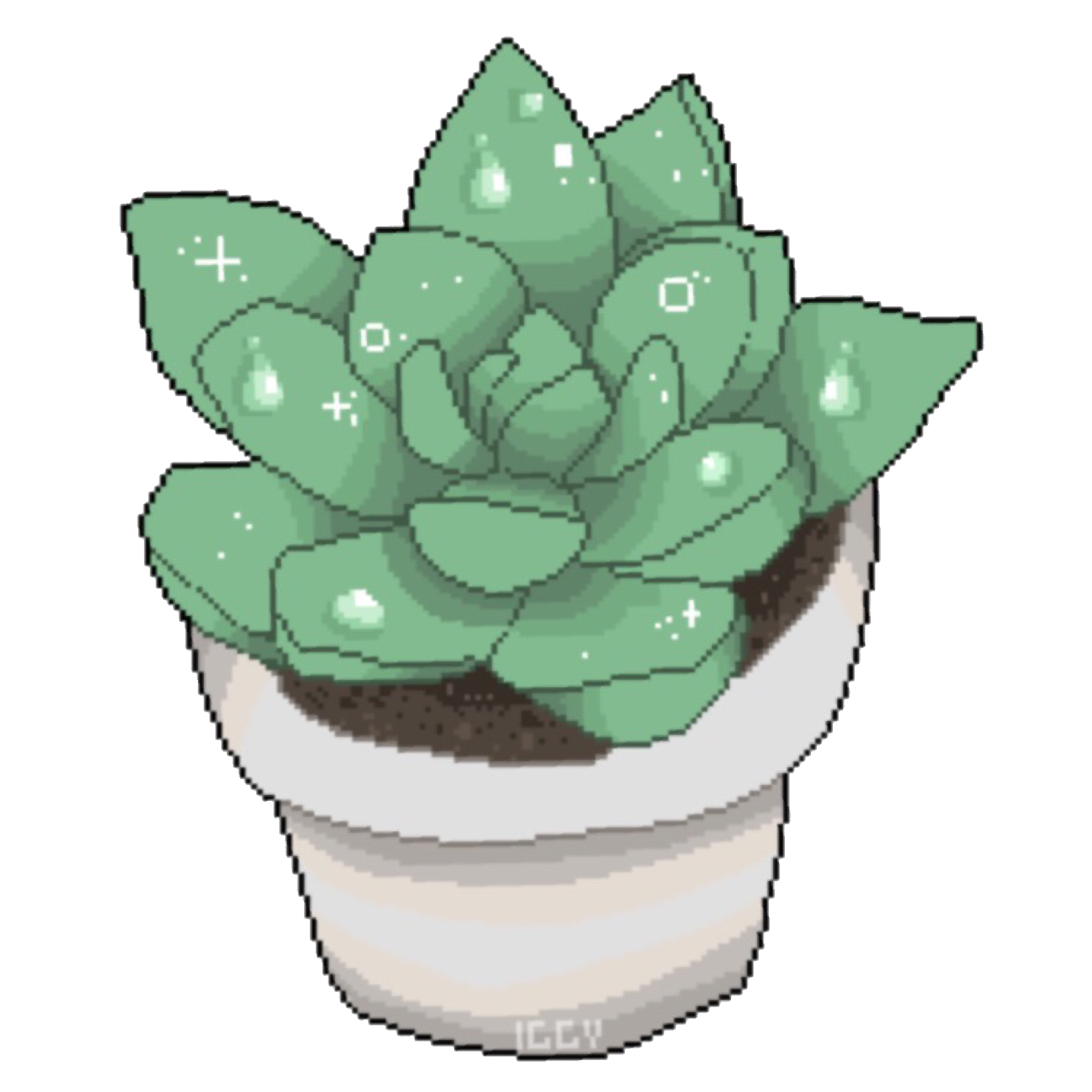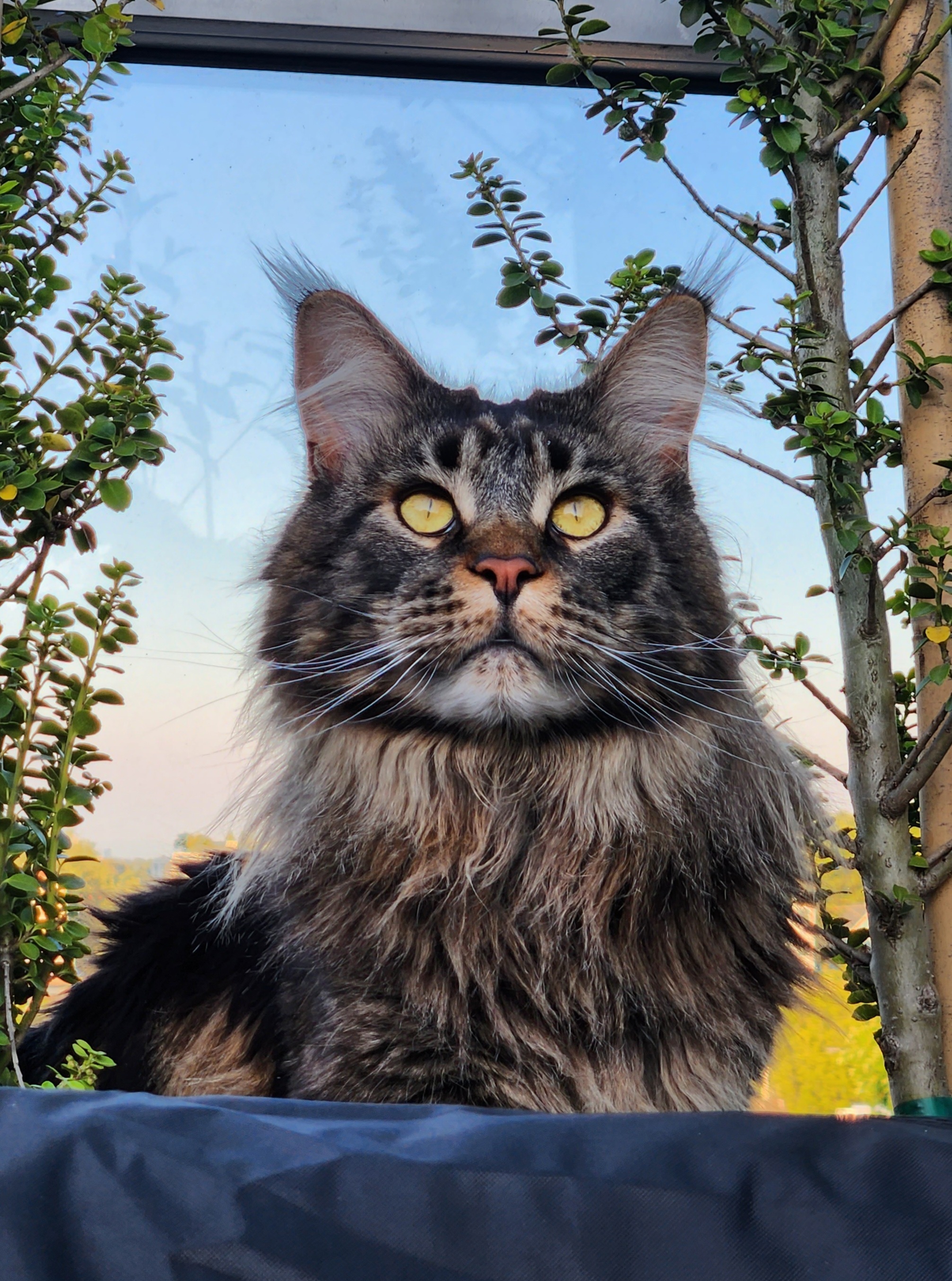I have a fungus gnat problem with my houseplants, I’ve kept them relatively under control using Mosquito Dunks in my watering can since August and some yellow sticky traps but I can’t seem to eradicate them. I was considering buying nematode pot poppers but I’ve never used them before so I was wondering if anyone had any tips for application. All my plants are still relatively small so I don’t have many large pots for any of them (most are between 4-10").
Any and all recommendations welcome, having pests is really taking all the joy out of having plants. I’m in Canada so a lot of pesticides aren’t available to me.
UPDATE: I figured I’d update this post incase someone comes looking for solutions and sees this. I ended up going with a top layer of silica sand (2-4 mm in size) on all of my pots. I continued with the BTI water, let my plants completely dry out between waterings, and bottom-watered most of my plants. I haven’t seen a fungus gnat in about 2 weeks so I think I have been successful in eradicating them. Will update again if this changes.
Update 2: I take back the update, they’re still here… I’m so over the freaking gnats.
Update 3: Just updating this post in case someone stumbles across it looking for answers. What worked for me was switching most of my plants to semi-hydro and I now have a Pinguicula Morensis that eats any stragglers that come in with any new plants. The plants that are still in soil are watered so rarely that the gnats are not really an issue.
I had the same issue w being unable to eliminate them entirely for ages. Putting a layer of sand over soil in pot was what finally completely resolved it for me (in addition to continuing all the other stuff you mentioned).
I’ll give it a shot! How thick of a layer? Like a cm or 2?
I also had success with sand on top, a couple cm is fine- just enough to completely cover all visible topsoil. You may also want to start bottom watering if you can and leave the top undisturbed since the sand will migrate when you top water. You may need to reapply sand periodically so get a decent sized bag.
You may need to rethink your watering schedule for a bit too, fungus gnats love wet soil. Those yellow cards can help track population, change those out regularly (another pro tip is to cut them down to smaller pieces since you’re not actually trying to control the population with the cards)
I’ve been mixing mosquito bits in the pot/soil with great success. I toss in a handful about every 6 months. When I repot, I mix in roughly 1/2 cup per 4 quarts soil medium. Make sure the top inch of soil has a chance to dry out between watering. Make sure you don’t have water standing in your catch trays when watering. Switch out for aggregate clay or lava rock instead of a soil medium.
Unfortunately mosquito bits aren’t available in Canada. I’ve been letting them dry out between so I’m surprised they just come right back, I’m wondering if it’s to do with my plants all being watered at different intervals so there’s always at least one plant that has moist soil. Would the clay/rock work for all plant types? I’ve been using 1 part perlite, 1 part potting mix, and 1 part orchid bark for most of my plants since it tends to stay more humid where I am and takes forever to dry otherwise. The few succulents I have are mostly in 50/50 perlite and cactus mix.
I wonder if you can break up masquito dunks, aren’t they the same chemical? I have not had success with ferns in clay but epiphytes and ficus seem to love it.
I could try that, I think I’ll try the sand tip first to see if that helps before repotting everything (been trying to avoid that since it’s such a huge undertaking at this point). I only have the one fern, I have a bunch of epiphytes (a bunch of pothos, couple hoyas, a small monstera, etc.), no ficuses. I was considering switching my alocasias to leca but was intimidated by the change in care, I’ll have to do some reading up on it.
Would watering for clay basically be the same as soil? water when dry?
I agree, sand would be best to try first.
Clay watering is a little different, you’ll need to use two layer pots where the outside pot is water tight and the inside pot has holes. Clear pot inserts work best. Before watering you’ll have to check if the bottom is still wet and add water & food upto just below the roots. What you are aiming for is to add the exact amount of water the clay can obsorb.
This may be a bit of an unusual recommendation, but I’ve found biological warfare to be the best solution for fungus gnats: Drosera capensis, Cape sundews, are like nature’s bug vacuum.
There is a bit of time waiting for the plant to get ready to go, maybe a month to six weeks, but they require virtually no care aside from ensuring they’re in a bath of water at all times, and they absolutely EVISCERATE gnat populations. I used to have a terrible problem with them until last year when I got my first D. capensis, and roughly counting, one plant in a month caught over 170 bugs. They’re super fun to own and their colors are dazzling.
https://highlandmoss.com/wp-content/uploads/2022/03/IMG_3733-scaled.jpg
Thank you for the recommendation! I’ve definitely considered carnivorous plants. Actually I ended up throwing all my plants in water last month (except for some succulents which weren’t part of the problem) to convert all of my plants to a semi-hydro system instead. I haven’t seen a fungus gnat since! Once it warms up outside and I can rinse off the substrate with a hoze I’ll be potting them up in a soilless mix.
Ugh, bane of my life! I found diluted hydrogen peroxide worked, though you need to make sure you’ve got good drainage because after killing everything it leaves the soil very damp which is ideal for any survivors. Quarantining the infested plants in a separate room and not watering them helped, though this was with cacti so they managed to survive the drought!
Bottom watering and a layer of d. earth on top was the only thing that solved it for me.


